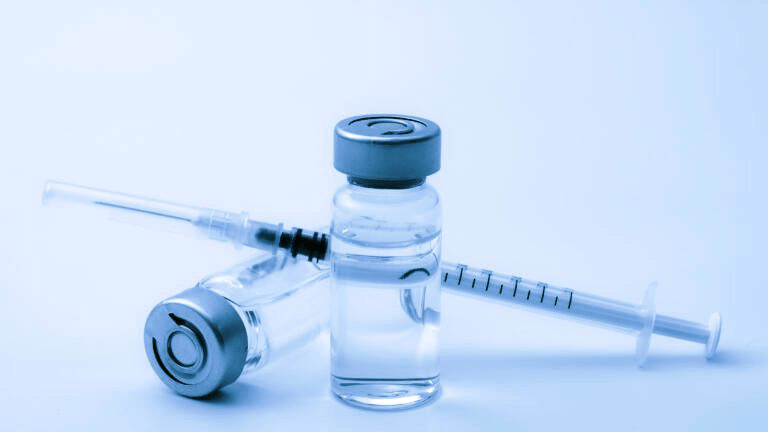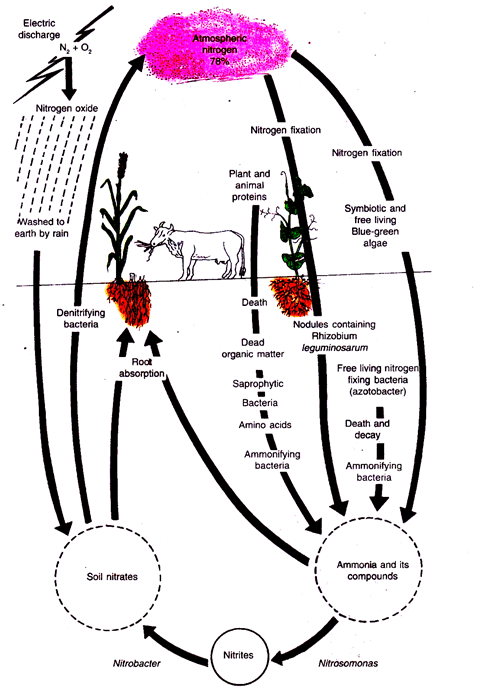Economic Importance of BacteriaBacteria are economically very important to people as they are employed in variety of reasons. For example, bacteria are used in the making delicacies like cheese, fudge, vinegar and yogurt. These are just a few things, that use bacteria. Apart from this, bacteria are also important in the agricultural field as they help form different fertilizers and compost in genetic engineering and modification bacteria are extensively used. 
The human-bacterial interaction is amazing. Many bacteria have been identified as potentially harmful. Typhoid, cholera, diphtheria, pneumonia, and various illnesses in open wounds are all caused by a particular kind of bacterium. On the other hand, life on Earth would be impossible without the efforts of certain bacterium species. Humans nurture some bacteria since they are essential for biological functions. Bacteria are one of the world's most prevalent living types. They're also among the simplest and smallest of all living things. Bacteria's economic significance stems from the fact that bacteria may be employed by humans in several ways. Even though certain bacteria are detrimental, such as causing illness and destroying food, bacteria's economic significance encompasses both their beneficial and negative sides. Students must understand these principles since they are exposed to microorganisms regularly and must be aware of which bacteria are beneficial and harmful. Read on to explore the Bacteria's Economic Importance and Roles. Bacteria are unicellular creatures with cell walls but no organelles or a well-organized nucleus, including those that may cause illness. Bacteria (singular bacterium) are members of the prokaryotic kingdom Monera, which is the sole one. They are prokaryotic bacteria that make up a broad domain. They might be saprophytes, meaning they feed on dead and decaying substances, or parasites, meaning they live on or within other creatures' bodies. Some of them also feed in an autotrophic manner. Chlorophyll is present in several forms, such as Nostoc. Bacteria have a significant role in the economy since they are employed in various activities, as detailed below. Examples of the Economic Importance of Bacteria may assist you in comprehending the relevance of bacteria. Beneficial bacteriaFood preparationSourdough bread is prepared by fermenting a bacteria-based leaven, commonly coupled with wild yeast enzymes. 
Lactobacillus is a milk-souring bacterium species used to manufacture yogurt and cheese. Bacteria are also employed in pickles and vinegar to produce organic acids. BiotechnologyIn the biotechnology field also, bacteria play a very important role. Different service sectors have used bacteria for the manufacture of chemicals like organic acids, ethanol, enzymes, acetone, and different kind of fragrances. Bacteria are extensively used to manufacture different nutritional supplements and many medications. For example, E Coli is used in the production of vitamin K and riboflavin. Moreover, E.coli is also used to make products like D amino acids, which proves to be a key precursor in amoxicillin production, an antibiotic. 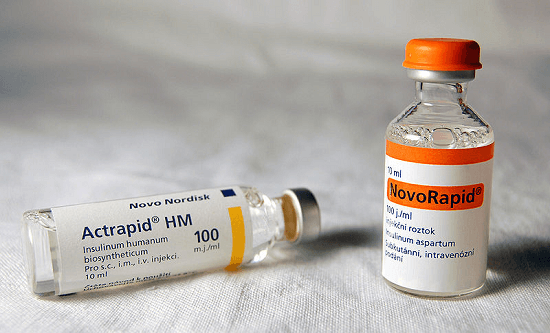
The altering of genes is known as genetic engineering. Recombinant DNA technology is another name for it. A multitude of strategies are used in genetic engineering to introduce fragments of DNA (genes) into a host, one of the first being the use of a viral vector. The foreign DNA becomes a permanent part of the host, replicating and passing on to daughter cells with the rest of the host's DNA. Bacterial cells are converted and exploited to make economically valuable goods. Human insulin (used to treat diabetes and human growth hormone are two examples (somatotrophin is used to treat pituitary dwarfism). Fiber rettingIn the retting process, bacteria like Clostridium butyricum are employed to separate the fibers of jute, hemp, and flax. Ropes, bags, and other items are made from these separated fibers. The plants are submerged in water and injected with bacteria that hydrolyze pectic compounds in cell walls and separate the fibers when they expand. Alternatively, since dew supplies moisture, the plants may be spread out on the ground and ret organically. Pest managementIn biological pest management, bacteria may potentially be employed instead of insecticides. Bacillus thuringiensis (Bt), a Gram-positive, soil-dwelling bacteria, is often used. Under the trade names Dipel and Thuricide, this bacterium is employed as a Lepidopteran-specific pesticide. 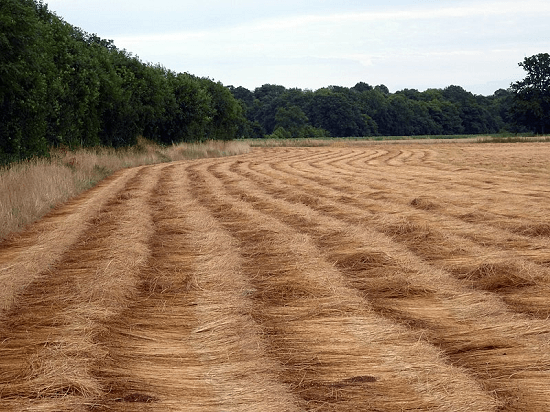
These insecticides are considered ecologically benign due to their specificity since they have minimal impact on people, animals, pollinators, or other beneficial insects. Bacteria may be utilized to remove contaminants from polluted water, soil, and underground material in bioremediation. DigestionDifferent bacteria involving the class of Ruminococcus species are found in the guts of cattle, horses, and other herbivores and they help these animals by digesting cellulose through the production of the enzyme cellulase. Through this process, the animal benefits by getting the energy from the green grass they eat. And bacteria get the place to live. Apart from this, E. coli, a bacterium, also helps humans form microbiota in the stomach and transforming food into vitamin K2. This is absorbed in the colon and is enough to satisfy the vitamin's daily need in animal models. Leather TanningBacteria aids in the purification of animal skins, making them easier, cleaner, and more suitable for use. MedicinesEven in the medical field, bacteria are extensively used for the production of antibiotics some of examples of antibiotics include streptomycin, amoxicillin, etc. apart from that, bacteria are also helpful in the production of vaccines against a variety of diseases. 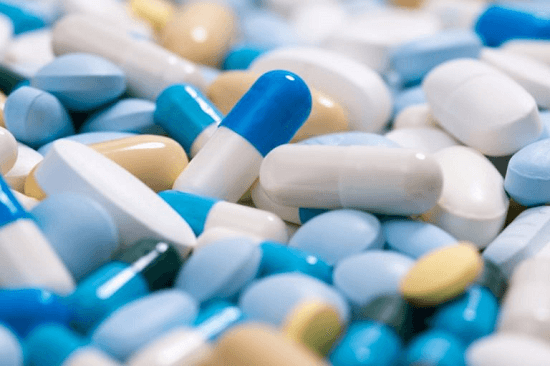
Dairy productsSeveral bacteria genera are utilized in food preparation, either directly or indirectly.
Other advantages -In industry, bacterial activity produces a vast number of goods, which is directly proportionate to the economic value of bacteria.
Bacteria are used to make curd.Curd is made from milk by combining Lactic Acid Bacteria (LAB), such as Lactobacillus, with warm milk. The milk sugar (lactose) is converted to lactic acid by these bacteria, resulting in curd creation. 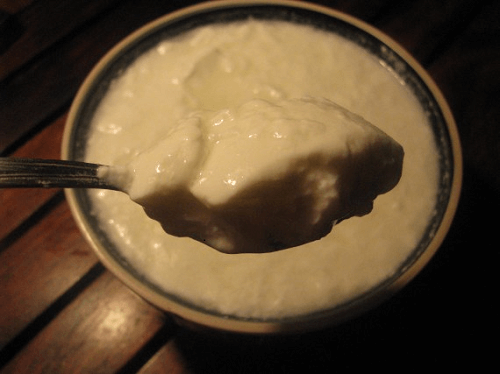
After the curd has been produced, it is moved to a colder location to prevent germs from growing. Otherwise, the bacteria would sour it by producing too much lactic acid. Bacteria may harm humans in a variety of ways.1. Food Spoilage:Bacteria destroy cooked food, fruits, vegetables, butter, fish, and meat, especially during the summer months, by creating putrefaction of the food ingredients. When bacterium-contaminated food is ingested, microorganisms such as Salmonella typhimurium and Clostridium botulinum produce a severe form of food poisoning. Food poisoning, often known as botulism, is caused by Clostridium botulinum. 2. Soil Fertility ReductionDenitrification: usually, wet soil has a high content of organic matter inhabited by anaerobic bacteria.By decreasing the soil's nitrogen content, these bacteria impair soil fertility. The bacteria help in the decomposition of the nitrates in the soil, thereby releasing free nitrogen, which is then escaped into the atmosphere, and by this, soil fertility is lowered. This process is called denitrification. Bacteria cause TB in cattle, anthrax in sheep, cholera in chickens, and pneumonia in horses, sheep, and goats, among other animal diseases. 4. Human Illnesses:Bacteria cause various dangerous diseases like Typhoid, cholera, Pneumonia etc 5. Plant Illnesses:Bacteria cause a variety of plant diseases. Leaf spots, soft rots, vascular illnesses, and bacterial galls are all caused. Citrus canker is caused by the bacterium Xanthomonascitri. 6. Bioweapons:A bioweapon, also known as a biological weapon, is a device that transports and delivers a disease-causing biological agent (such as bacteria, viruses, or genetically modified organisms) or a toxin generated from it to a target organism. A bioweapon agent is a biological agent or poison used as a weapon. Humans, crops, and animals are all targets for biological agents. BioWare, or biological warfare, is the name for the employment of bioweapons in this manner. Anthrax, smallpox, plague, and gastroenteritis are possible side effects of several bioweapons. Anthrax is caused by Bacillus anthracis, gastroenteritis is caused by Vibrio cholera, and plague is caused by Yersinia pestis. Clostridium botulinum produces botulinum toxin, which is used to induce lethal food poisoning. Some of these agents have been used before. In 2001, for example, the anthrax bacteria were delivered through letters. Bioweapons are inexpensive weapons that kill considerably more people than conventional weapons. SummaryIn this post, we learned that bacteria belong to the Monera kingdom. They are the most diversified creatures, with a broad range of dispersion, feeding, reproduction, and other characteristics. In terms of nutrition, they are probiotic, parasitic, and autotrophic. Some are beneficial to humans, whereas the majority are pathogenic, causing damage to animals and plants. Through various examples, we also looked at the economic relevance of microbial processes.
Next TopicRhizobium Bacteria
|
 For Videos Join Our Youtube Channel: Join Now
For Videos Join Our Youtube Channel: Join Now
Feedback
- Send your Feedback to [email protected]
Help Others, Please Share




